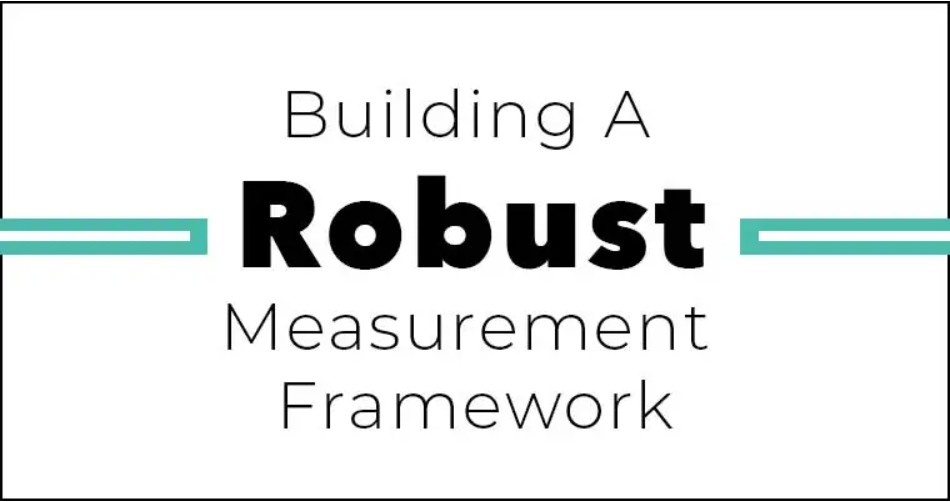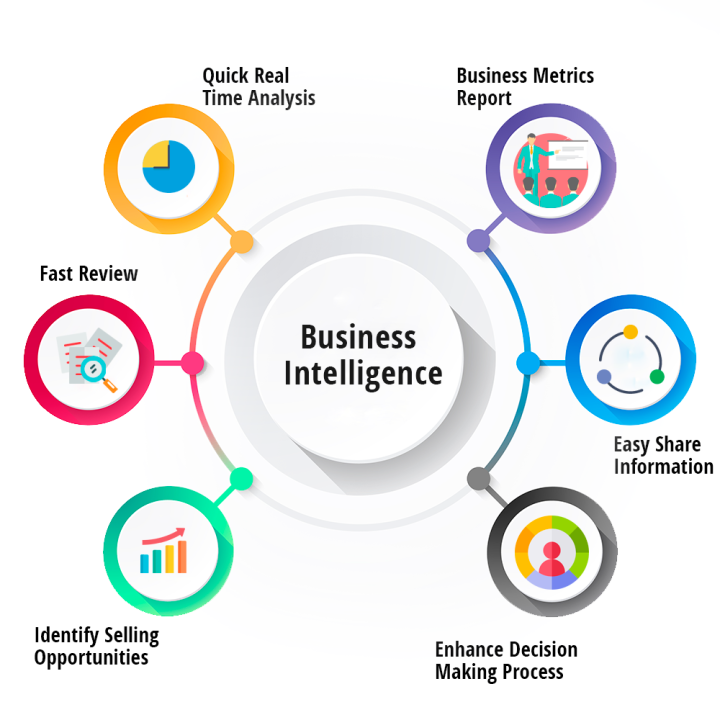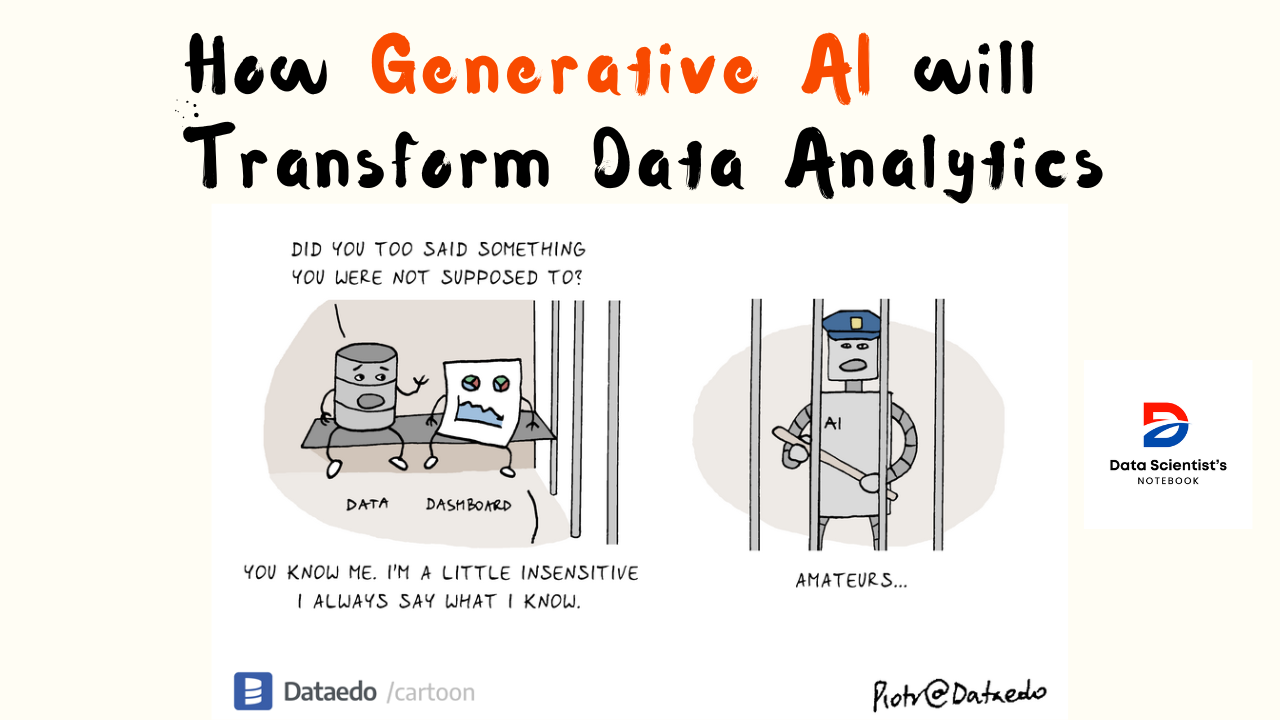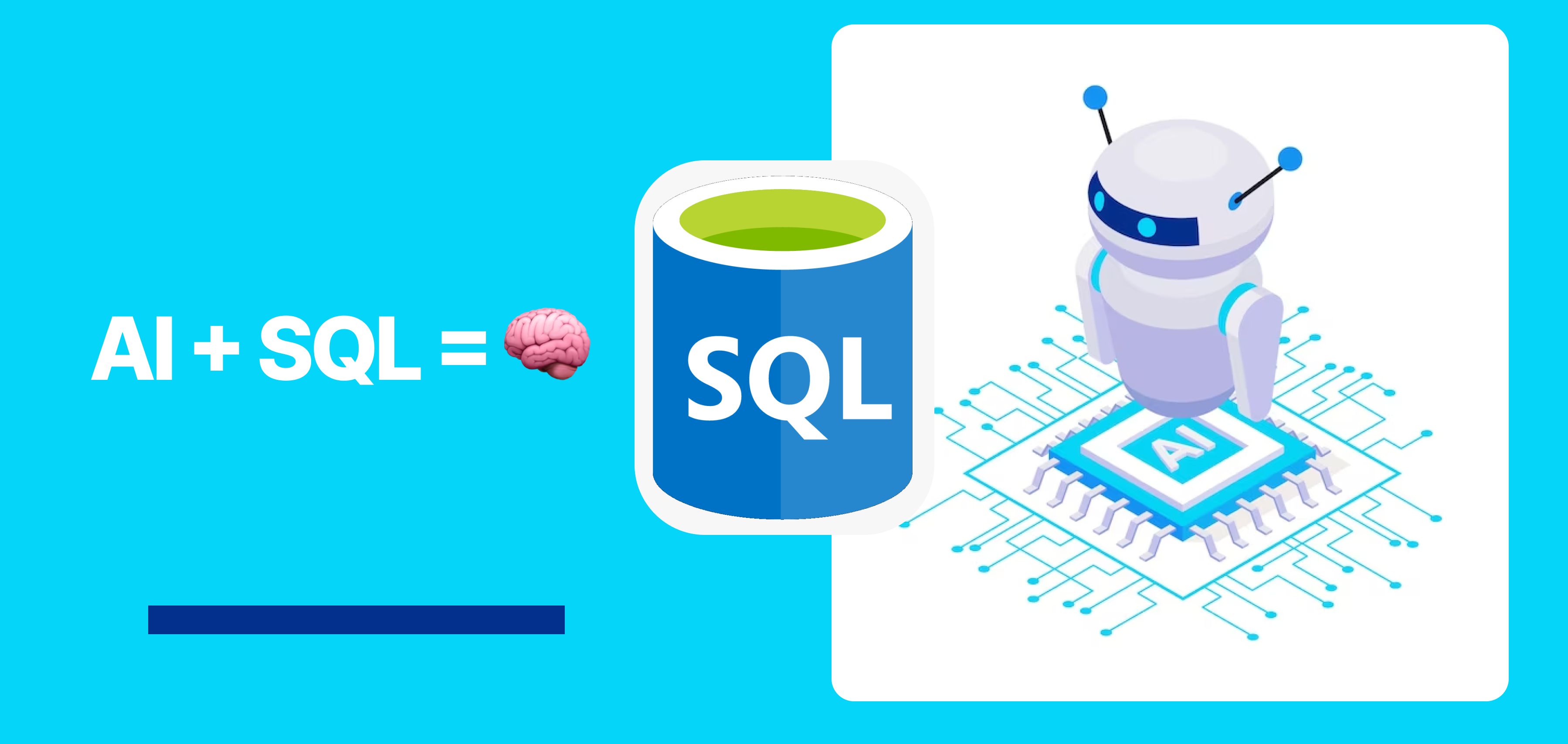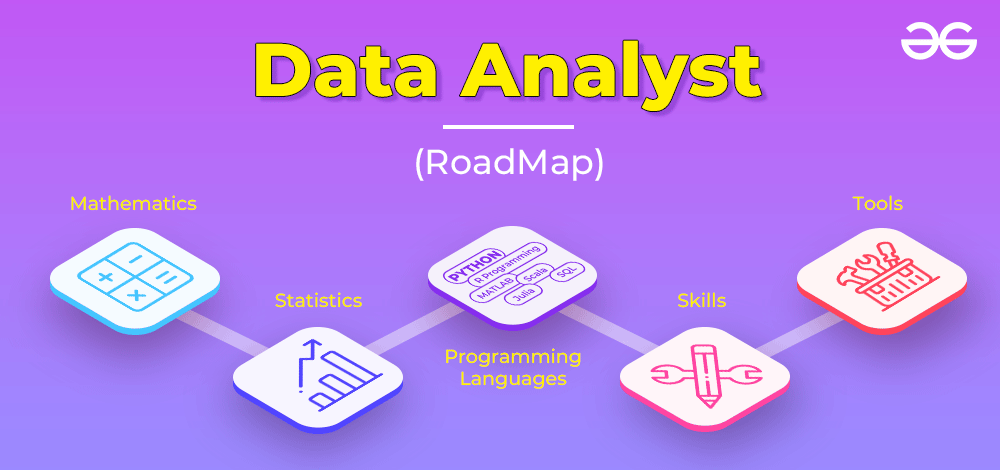Best practices for developing robust automation framework
- Apr 25, 2025
- Software Test Automation
- How to create a automation framework Robust framework
- 2 min
- 371 Views
 1. Modularity
1. Modularity
- Break your framework into reusable components (e.g., login, navigation, test data handling).
- Makes maintenance easier and encourages reuse.
 2. Maintainability
2. Maintainability
- Use clear naming conventions and keep the code DRY (Don't Repeat Yourself).
- Structure code for easy updates (e.g., page object model).
 3. Scalability
3. Scalability
- Design the framework to support growing test suites and new platforms (web, mobile, API).
- Consider parallel execution support.
 4. Reusability
4. Reusability
- Create generic functions that can be reused across test cases.
- Avoid hard-coding values—use config files or environment variables.
 5. Reporting & Logging
5. Reporting & Logging
- Integrate good logging and test reporting (e.g., Allure, ExtentReports).
- Helps track test results and debug issues quickly.
 6. Test Data Management
6. Test Data Management
- Use external data sources (CSV, Excel, JSON, DB) to manage test inputs.
- Enables data-driven testing.
 7. Integration Capabilities
7. Integration Capabilities
- CI/CD tools (Jenkins, GitHub Actions)
- Test management (JIRA, TestRail)
- Version control (Git)
 8. Clean-up Strategy
8. Clean-up Strategy
- Ensure the environment is reset between tests (e.g., closing browser, resetting data).
- Prevents flaky tests and false positives.
 9. Smart Waits
9. Smart Waits
- Use explicit waits or fluent waits instead of hard sleeps.
- Helps handle dynamic content and reduces flakiness.
 10. Test Strategy
10. Test Strategy
- Decide what should be automated: high ROI, repetitive, and stable test cases.
- Avoid automating tests that are still volatile.
